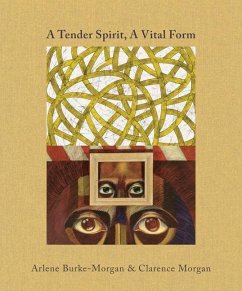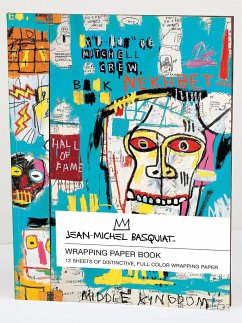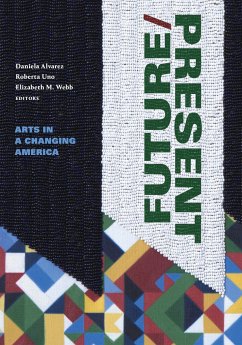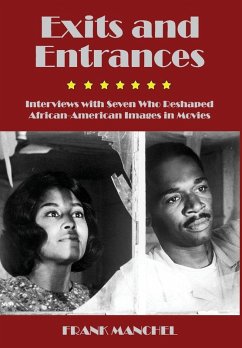Nicht lieferbar
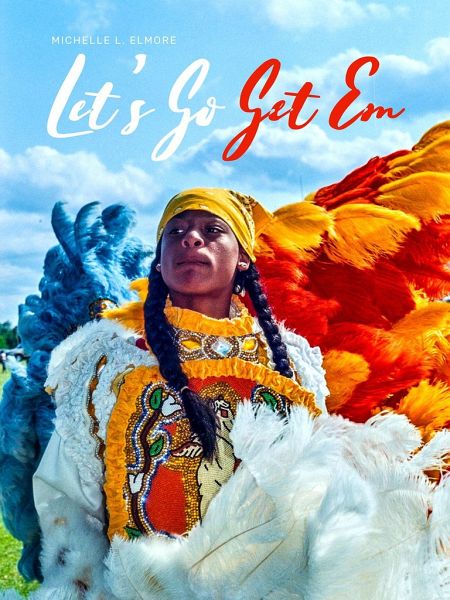
Michelle L Elmore Let's Go Get Em
Versandkostenfrei!
Nicht lieferbar
I'll never forget that first time a saw a New Orleans Mardi Gras Indian. I was driving home while the sun was setting and there was a flash of orange feathers. My heart jumped. I didn’t take many photos that day, just three. Then, I handed my camera to some people with the Indians to take my picture with them. I was enamored from the start. Previous pictures I saw of the Indians focused on the suits blocking out the faces. With the incredible amount of work and art that went into these suits, I felt it was important to include the faces of these artists. It felt like it was no longer my art....
I'll never forget that first time a saw a New Orleans Mardi Gras Indian. I was driving home while the sun was setting and there was a flash of orange feathers. My heart jumped. I didn’t take many photos that day, just three. Then, I handed my camera to some people with the Indians to take my picture with them. I was enamored from the start. Previous pictures I saw of the Indians focused on the suits blocking out the faces. With the incredible amount of work and art that went into these suits, I felt it was important to include the faces of these artists. It felt like it was no longer my art. It was an extension of what they were doing, and a way to honor what they had created. Their art is expensive and hard to do, and it isn’t done for monetary gain. I admire that, and I relate. And over time we got to know each other very well. The Indians began asking me to come out with them to take pictures. The Black Feathers had me document the images of my monograph Let's Go Get Em' on St. Joseph’s Night, when the Indians come out after sunset.




